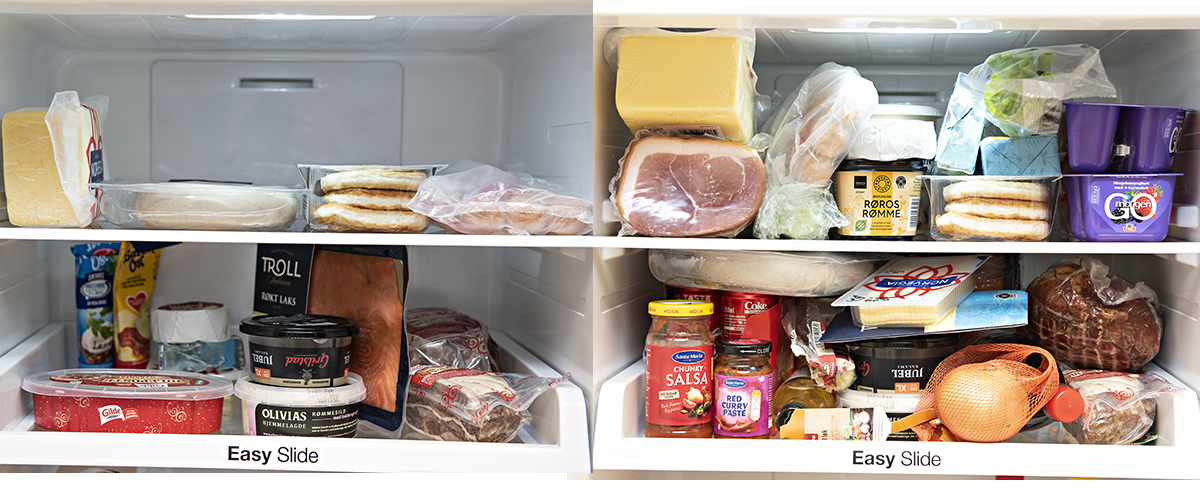Understanding the Importance of Refrigerator Safety
Before delving into the specifics of Viking refrigerator safety checks, it’s crucial to grasp the significance of maintaining a safe and hygienic storage environment for perishable foods. Refrigerators serve as a bulwark against bacterial growth, preserving the freshness and integrity of ingredients while minimizing the risk of foodborne illnesses.
The Role of Viking Refrigerators in Food Preservation
Viking refrigerators are renowned for their cutting-edge technology and precision engineering, designed to optimize food preservation and maintain optimal storage conditions. With innovative features such as temperature control, humidity regulation, and air purification systems, Viking refrigerators ensure that your food remains fresh and flavorful for extended periods.
Conducting Comprehensive Safety Checks
Regular maintenance and safety checks are essential to keep your Viking refrigerator operating at peak performance and to safeguard the quality of your stored food items. Here’s a step-by-step guide to conducting comprehensive safety checks:
Temperature Verification
Thermometer Calibration: Begin by verifying the accuracy of your refrigerator’s temperature settings using a reliable thermometer. Ensure that the temperature remains consistently between 34°F to 40°F to inhibit bacterial growth and maintain food safety.
Seal Inspection
Gasket Examination: Check the integrity of the refrigerator door gaskets to ensure a tight seal. Worn or damaged gaskets can compromise the efficiency of the refrigerator, leading to temperature fluctuations and potential food spoilage.
Cleanliness Assessment
Interior Cleaning: Regularly clean the interior compartments of the refrigerator with a mild detergent and warm water solution to remove spills, stains, and food residues. Pay particular attention to areas prone to bacterial buildup, such as door handles and shelves.
Air Circulation Evaluation
Ventilation Inspection: Inspect the refrigerator’s ventilation system to ensure unobstructed airflow. Proper ventilation facilitates uniform cooling and prevents the formation of hot spots within the appliance.
Condenser Coil Maintenance
Dust Removal: Periodically clean the condenser coils located at the rear or bottom of the refrigerator to remove accumulated dust and debris. Clogged coils impede heat dissipation, leading to inefficient cooling and potential compressor failure.
Implementing Best Practices for Food Storage
In addition to conducting regular safety checks, adhering to best practices for food storage is instrumental in preserving the quality and freshness of your culinary ingredients. Here are some essential guidelines to follow:
- Proper Organization: Arrange food items in the refrigerator according to their respective storage requirements, with perishable items such as dairy and raw meat stored on lower shelves to prevent cross-contamination.
- Labeling and Dating: Label containers with the date of storage to track the freshness of perishable items and prioritize their consumption accordingly. Discard any expired or spoiled food items promptly to minimize the risk of foodborne illnesses.
- Temperature-sensitive Items: Certain food items, such as dairy products and cooked leftovers, require specific temperature control to maintain their quality. Store these items in designated compartments or zones within the refrigerator to ensure optimal conditions.
- Avoid Overcrowding: Maintain adequate spacing between food items to facilitate proper air circulation and cooling. Overcrowding the refrigerator can hinder airflow and compromise the effectiveness of the cooling system.
Conclusion
In conclusion, prioritizing kitchen safety is paramount in maintaining the well-being of your household and upholding the integrity of your culinary creations. By adhering to rigorous Viking refrigerator safety checks and implementing best practices for food storage, you can ensure optimal freshness, flavor, and hygiene in your kitchen environment.
FAQs
Q: How often should I conduct safety checks on my Viking refrigerator?
- A: It’s recommended to perform safety checks on your Viking refrigerator at least once every three months to ensure optimal performance and food safety.
Q: What temperature range should I maintain in my Viking refrigerator?
- A: Aim to keep the temperature of your Viking refrigerator between 34°F to 40°F to inhibit bacterial growth and preserve the freshness of your food items.
Q: How can I tell if the door gasket on my Viking refrigerator needs replacement?
- A: Signs of a worn or damaged door gasket include visible cracks, tears, or a loose fit. If you notice any of these indicators, consider replacing the gasket to maintain an effective seal.
Q: Can I use household cleaning products to clean the interior of my Viking refrigerator?
- A: It’s recommended to use a mild detergent and warm water solution for cleaning the interior compartments of your Viking refrigerator to avoid chemical residue and ensure food safety.
Q: What should I do if I notice condensation inside my Viking refrigerator?
- A: Condensation inside the refrigerator may indicate a temperature or humidity imbalance. Ensure proper ventilation, adjust temperature settings if necessary, and promptly address any sources of moisture to prevent food spoilage.
Ready to ensure the safety of your kitchen with expert Viking refrigerator care? Contact Professional Viking Repair today for reliable Viking refrigerator repair and maintenance services! For more insights on maintaining your Viking fridge, check out our previous blog, “Luck of the Kitchen: Viking Refrigerator Care for St. Patrick’s Day.”
